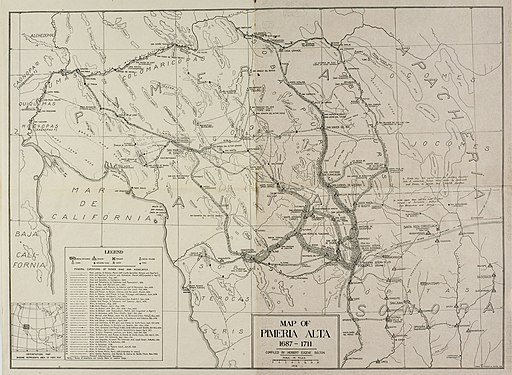I thought I was running out of words, meaning I was running out of inspiration for the last few A to Z challenge entries. Then I wandered over to Nilanjana Bose‘s Entry for the letter W on A to Z on water. Thanks to the world being such a large place spinning through space, I was able to read a post published on Thursday and respond to it the previous calendrical day, Wednesday, and also borrow her topic word as inspiration – Water. I will be visiting the blog again, well written and the topics intrigue.
WATER
Great Lakes Basin

A map of the Great Lakes Basin showing the five sub-basins within: Erie (yellow), Huron (pale green), Michigan (cyan), Ontario (light coral), and Superior (magenta).
My parents’ farm was at the southern part of the Lake Michigan sub-basin. It was a magical place where glaciers pushed into the land during the last Ice Age depositing boulders and rocks and depressions in the land that became the lakes, ponds, swamps, and streams of Northeastern Indiana. I was always told by my father that the farm was at the very edge, where the glaciation stopped. The rest of the state is very different geologically, but dense, rich soil, a hilly landscape, and swampy areas and ponds were within a mile of the farm’s house. It was definitely a place where land and water met. There were wildflowers (some endangered) out the wazoo in the spring. Mushrooms. Puff balls. Pawpaw trees. It was a unique and special land. Agribusiness practices have poisoned the watershed in this sub-basin unfortunately.
Long ago I decided that, although the mothering I received was not expressive and at times rather stoic and distant, I was mothered by the land, by Gaia, and specifically Nerthus, who must be an ancestral memory from my Germanic bloodlines, and this is why I turned out pretty much okay without being too emotionally stunted.
Anyway, water was everywhere as I grew up.
Sonoran Desert
Now I live in the Primeria Alta of the Northern Sonoran Desert as I have for almost 35 years. It is desert, but we receive monsoons.


The original people of the area in which I live were farmers who used flood irrigation from the Santa Cruz river. Damming and pumping water destroyed the rivers and streams after the European-descended settlers arrived and took over the area. The area was made much drier and less hospitable with these changes, although our population is still growing and water is becoming a political nightmare.
This is a wild land. Grass and golf greens should not be allowed here. I know that locals protest that waste water is recycled and used to water recreational areas, but this is not true in every instance.
The Central Arizona Project, Lake Havasu, Lake Mead are all water projects that I do not have the stomach to discuss here. They were the products of political entities and rather short-sited. To find out about the overall situation, I recommend reading a BBC Future Planet article: How Tucson, Arizona is facing up to a megadrought. When the rains come we have water; we all need to be water harvesting here in Tucson
This is such a critical topic for the future of human life. Please use water responsibly.
That is one of my favorite blogs.
I grew up in Michigan and was always close to water. I really miss it since we left.
What would we do without water! I’m fascinated by the Great Lakes. They’re amazing and kind of scary. So is the Sonoran Desert. I’ll be crossing parts of it in a few weeks as my wife and I take a road trip.
Arlee, be careful as you travel across the desert. Cars need to be in good repair. Water and shade are life. Bring both as emergency supplies. Water can be stored in containers obviously. A big beach umbrella will keep you in shade if your car putt-putted to a stop in a position that does not create much shade. The shadow of the car may be much cooler than sitting in the car. It gets hot in the Sonoran desert. It is in the 90s already and will be in the 100 -110s soon. Of course have your phone charged.
womenslegacy recently posted…Zeal Gone Too Far